SUMMARY
This is AI generated summarization, which may have errors. For context, always refer to the full article.
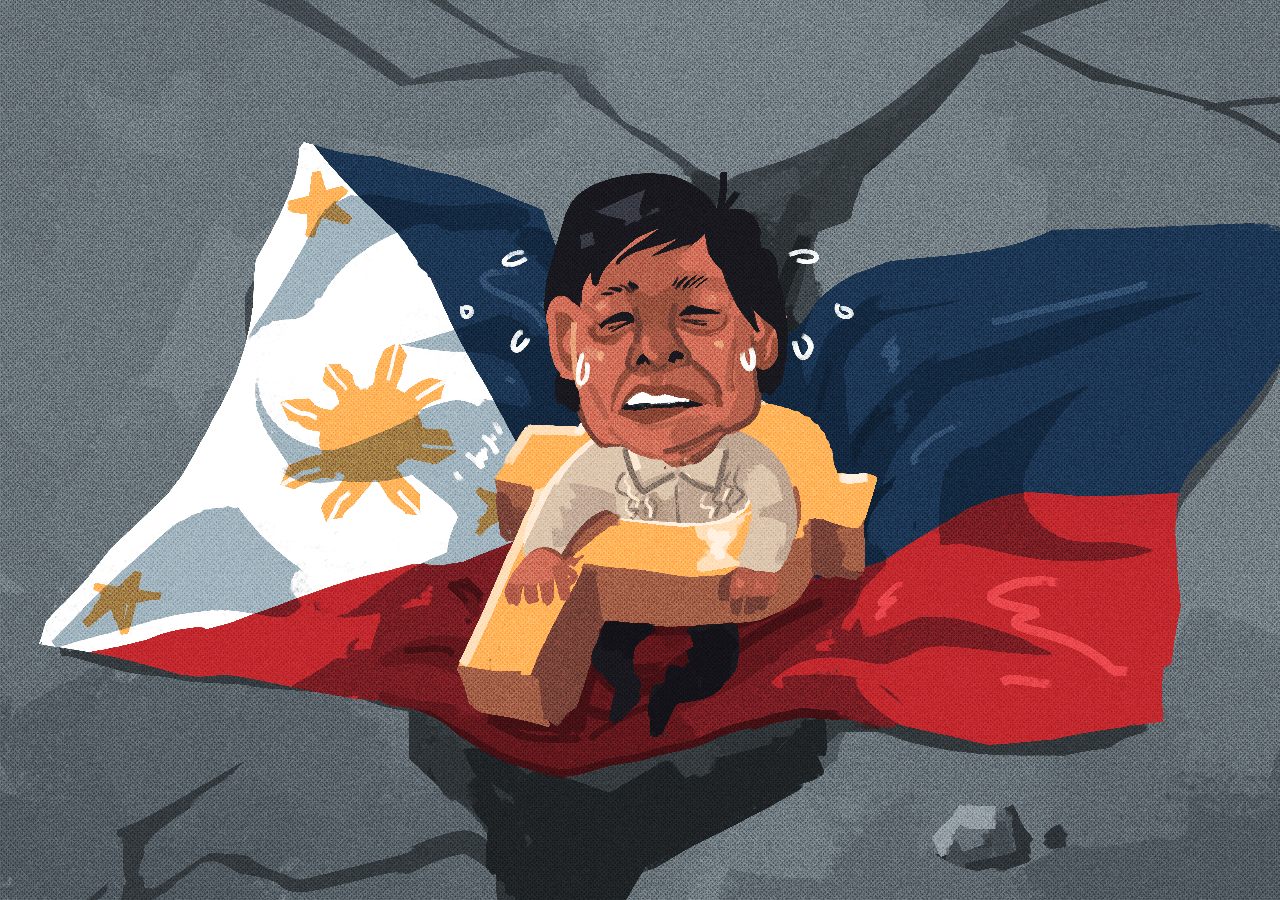
MANILA, Philippines – Fiscal policy refers to how governments use expenditure and taxation to influence a country’s economic conditions. It is a critical component of an administration’s development plan; its spending priorities and corresponding resource mobilization have short- and long-term consequences on employment, inflation, investment, growth, and economic progress.
On one side of fiscal policy is spending. Government expenditure is an important lever to drive employment. According to the latest Labor Force Survey, an estimated 4.27 million people in the Philippines worked for government or government corporations. This accounts for over nine percent of the country’s employment. National Accounts also show that government spending made up about 15.3 percent of Gross Domestic Product in 2021.
While the sheer size and impact of government expenditures is apparent, the new administration must be strategic in the way that it prioritizes its programs and allocates its resources accordingly. The National Expenditure Program (NEP) of the Department of Budget and Management (DBM) outlines total new appropriations worth P5.268 trillion for Fiscal Year 2023, with P3.002 trillion allocated for departments and agencies and P1.257 trillion as special purpose funds. In evaluating the proposed budget, one must ascertain whether these allocations strategically address the country’s current economic and developmental state, especially in the context of pursuing a post-pandemic recovery.
The other side of fiscal policy is taxation: how effectively does the government consolidate resources to fund its delivery of programs and services? After passing significant tax reforms during the previous administration, the government was able to collect total revenues worth P3.005 trillion in 2021, which is a revenue-to-GDP effort of 15.5 percent. A post-COVID recovery strategy, however, will necessarily entail stimulating the economy and providing social safety nets. Spending thus outpaced revenues by P1.67 trillion for a deficit ratio of 8.6 percent of GDP.
When the government spends more than it collects in revenue, it must borrow either domestically or from foreign creditors. As a consequence of the recent above-average deficits, outstanding debt has risen to P13.206 trillion as of June 2022, from a pre-pandemic level of P8.220 trillion by the end of 2019. The debt-ratio has increased from 42 percent of GDP to 64 percent of GDP.
While borrowing is not inherently bad, it is sustainable only if the government can improve its capacity to pay its debts, either by increasing its revenue effort or by accelerating economic growth. DBM’s fiscal consolidation and resource mobilization plan seeks to achieve both of these goals simultaneously by continuing the pursuit of tax reforms that will make the country’s tax systems simpler, fairer, and more efficient.
Given the importance of fiscal policy, it is worthwhile to track the country’s current fiscal and economic conditions, as well as the new administration’s proposed spending priorities and tax policies. Due to time constraints, however, our team decided to focus on the country’s present fiscal and economic health for the first part of our report, and on the 2023 National Expenditure Program for the second part.
The big economic picture
Prior to the COVID-19 pandemic, the Philippines had sustained economic growth during the past decade. But due to pandemic-induced lockdowns, supply chain disruptions, and global uncertainty, the Philippines experienced its worst economic recession since World War II (or as far back as data are available).
During the previous decade (2010 to 2019), revenue effort averaged 14.5 percent while expenditure effort averaged 16.6 percent, resulting in an average deficit ratio of 2.1 percent.
The Duterte administration pushed an expansionary fiscal policy strategy reliant on infrastructure spending, which it dubbed Build, Build, Build. In order to fund its development strategy, the previous administration also enacted the Tax Reform for Acceleration and Inclusion or TRAIN law. The TRAIN law included reforms to the personal income tax, excise taxes, and VAT, along with other tax administration reforms, as well as funds earmarked for cash transfers to the poorest households. This resulted in an increased government revenue effort, albeit with a larger expenditure effort as well.
As a result of the COVID-19 pandemic, however, economic activities were restricted and the economy largely contracted. This had two major implications on the country’s fiscal situation. First, since economic output fell, the tax base also fell. This resulted in lower total revenues for 2020. Second, in order to mitigate the long-term adverse health and economic impacts of the pandemic, the government had to pursue expansionary fiscal policy. Bayanihan I (RA 11469) was enacted on March 25, 2020, and Bayanihan II (RA11494) on July 27, 2020, in order to reallocate funds toward health expenditures and pandemic response, as well as to provide direct subsidies or ayuda to those affected.
Since 2020, the economy has somewhat recovered, although we are continuing to feel the impact of COVID-19. The percentage of Filipino families below the poverty line rose from 12.1 in 2018 to 13.2 in 2021. The fiscal deficit increased to 3.4 percent of GDP in 2019 to 8.6 percent in 2021. As a result, the country’s outstanding debt has risen to P13.206 trillion as of June 2022, from a pre-pandemic level of P8.220 trillion at the end of 2019. This represents an increase in debt-to-GDP from 42 percent to 64 percent during that period.
– Right to Know, Right Now! (R2KRN) Coalition/Rappler.com
This piece is republished with permission from the Action for Economic Reforms and the Right to Know, Right Now! (R2KRN) Coalition. The R2KRN Coalition is a network of advocates campaigning for the passage of the Freedom of Information law and the promotion of FOI practice in the country.
Add a comment
How does this make you feel?
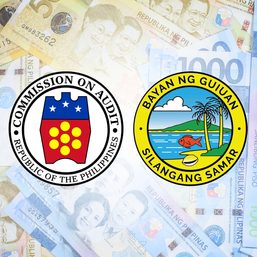
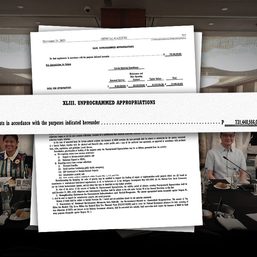
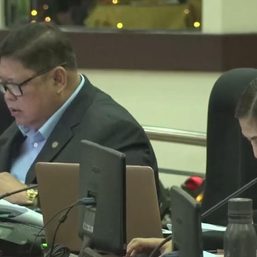

![[Under 3 minutes] Did DepEd waste P3-B worth of learning materials?](https://www.rappler.com/tachyon/2023/12/titlecard-ls.jpg?resize=257%2C257&crop=415px%2C0px%2C1080px%2C1080px)
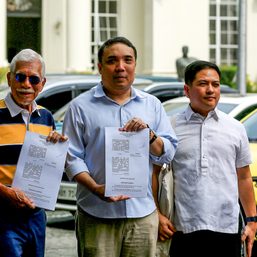
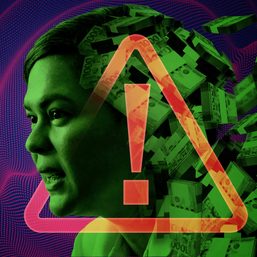
![[In This Economy] Brace yourselves for more deficits, debt](https://www.rappler.com/tachyon/2023/09/TL-Brace-yourselves-deficit-debt-September-29-2023.jpg?resize=257%2C257&crop=241px%2C0px%2C720px%2C720px)
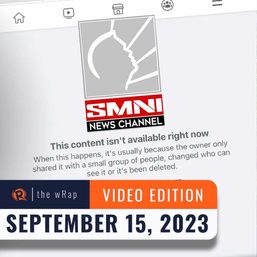
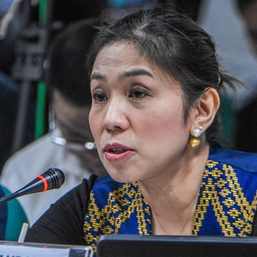
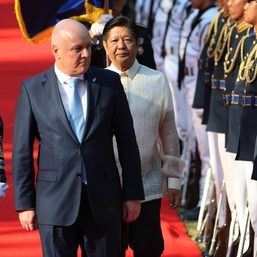
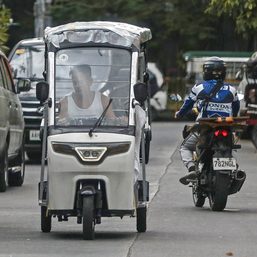
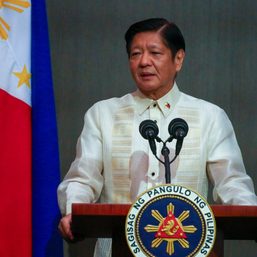
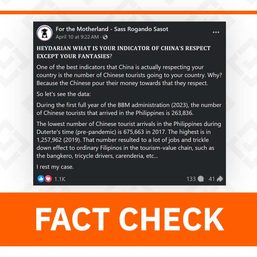
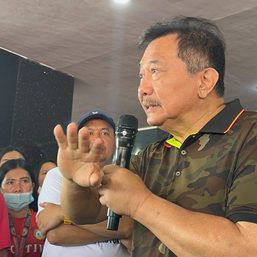
![[OPINION] Fossil fuel debts are illegitimate and must be canceled](https://www.rappler.com/tachyon/2024/04/IMHO-fossil-fuel-debt-cancelled-April-16-2024.jpg?resize=257%2C257&crop_strategy=attention)

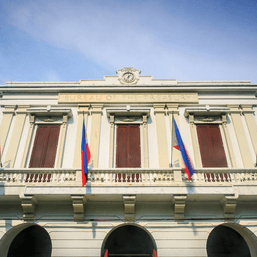
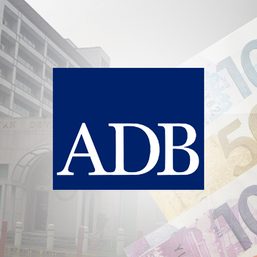


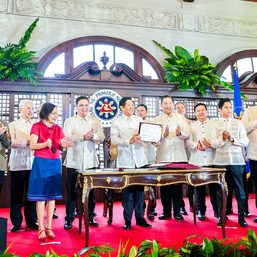
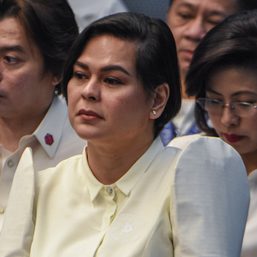
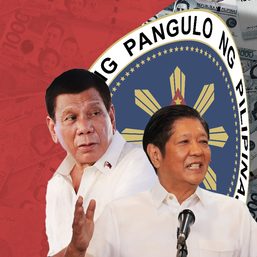
![[Ask The Tax Whiz] How to file annual income tax returns for 2023](https://www.rappler.com/tachyon/2022/11/tax-papers-hand-shutterstock.jpg?resize=257%2C257&crop_strategy=attention)

![[Ask The Tax Whiz] Are cross-border services taxed in the Philippines?](https://www.rappler.com/tachyon/2024/02/bpo-workers.png?resize=257%2C257&crop=72px%2C0px%2C785px%2C785px)
![[Ask the Tax Whiz] Ease of paying taxes law: What you need to know](https://www.rappler.com/tachyon/2023/02/calculate-february-22-2023.jpg?resize=257%2C257&crop_strategy=attention)

There are no comments yet. Add your comment to start the conversation.